Our Immunotherapy Procedures Directly Treat Cancerous Tumors


Our Immunotherapy Procedures Directly Treat Cancerous Tumors
Our Procedures

Intratumoral Immunotherapy
Intratumoral immunotherapy involves injecting a cancerous tumor directly with treatment to help create an immune.. Read More

Pulsed Electric Field (PEF) Plus Intratumoral Immunotherapy
PEF delivers a nanosecond electrical pulse to a cancer cell that attracts the immune system to stimulate a response.. Read More
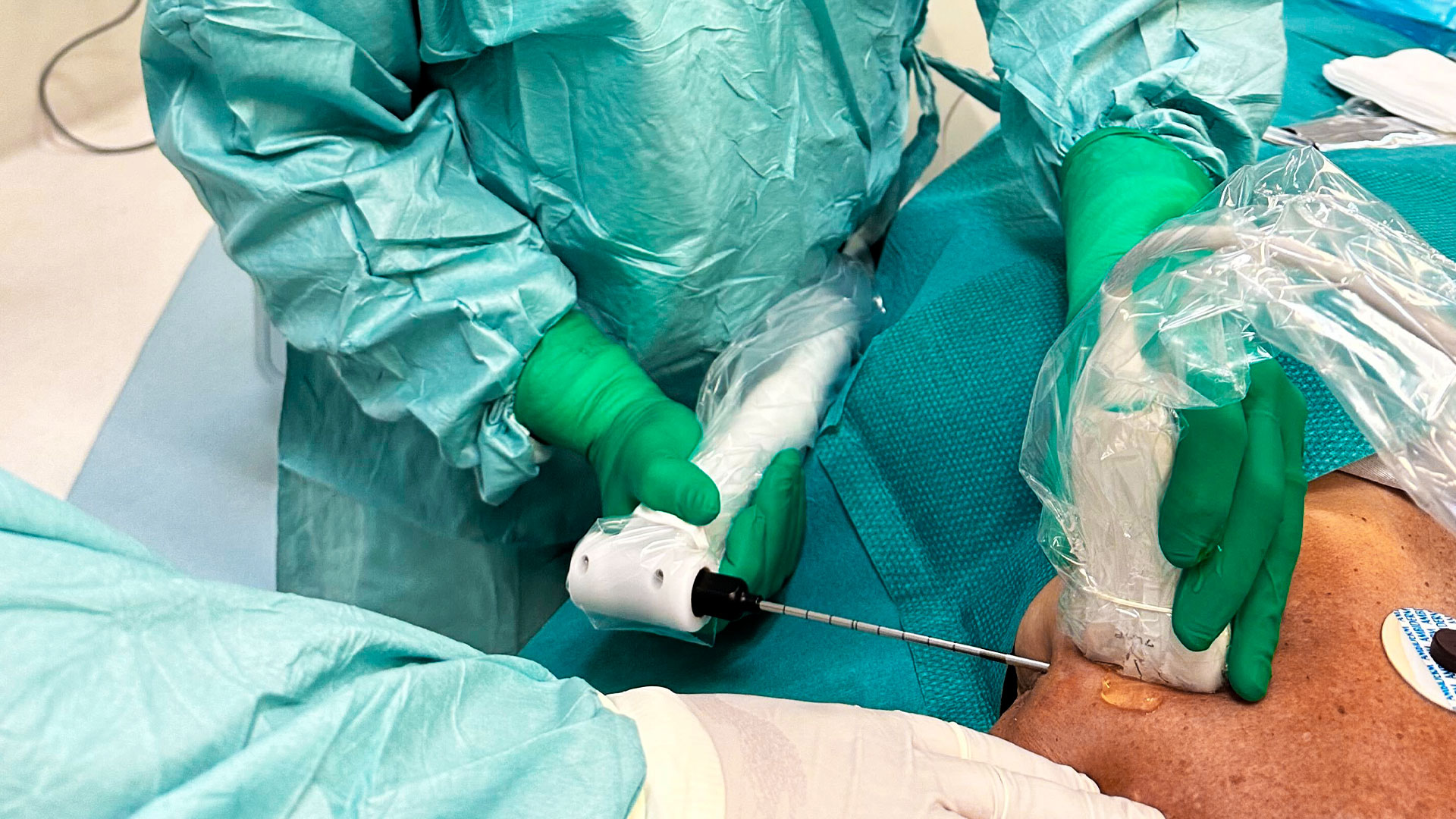
Cryoablation plus Intratumoral Immunotherapy (AblationVaxTM)
Cryoablation kills cancerous tumors from within by freezing them, which releases tumor antigens that can target .. Read More
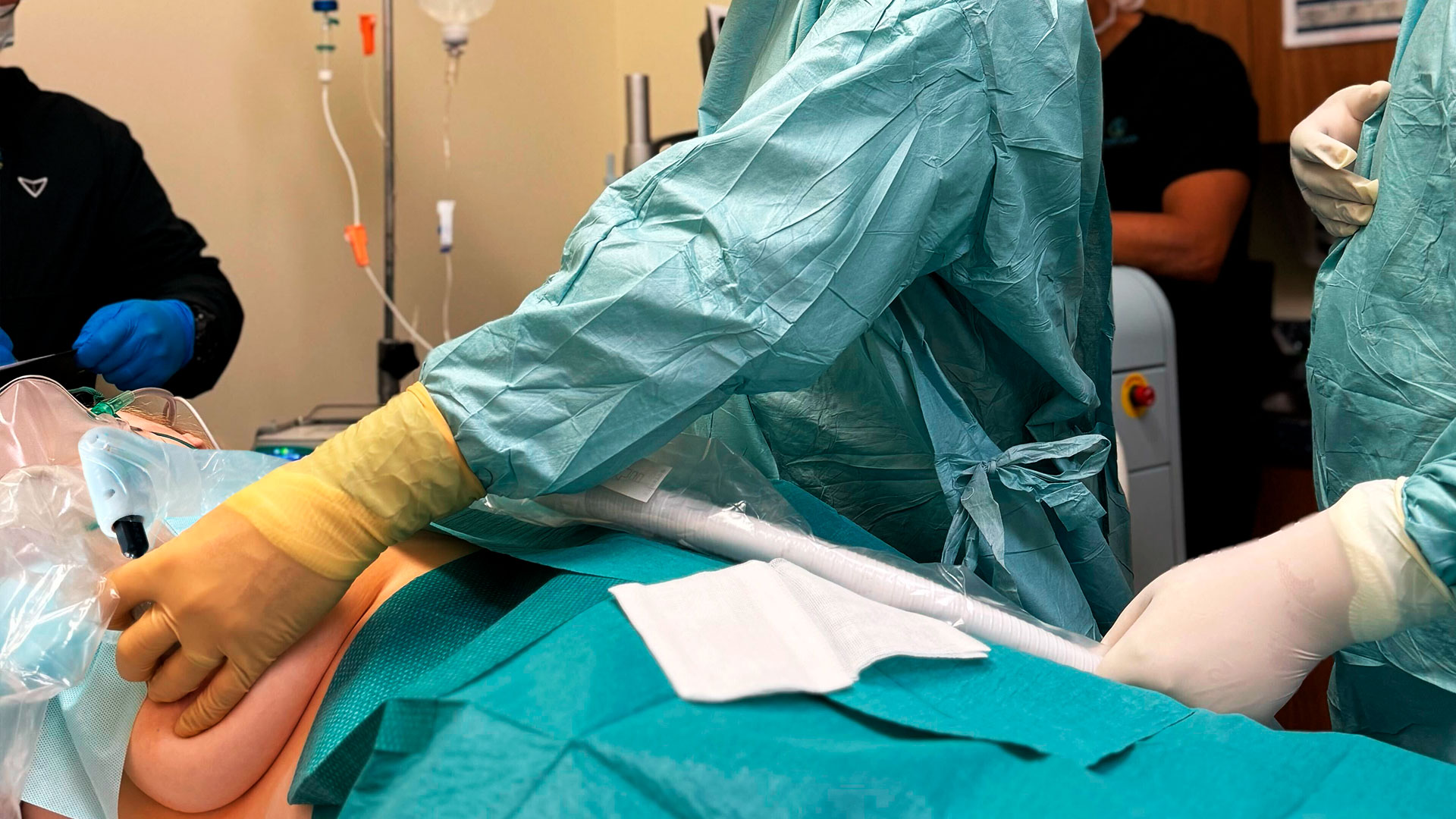
Breast Cancer Cryoablation
Dr. Williams provided the one of the first breast ablations by RFA in 2003, followed by cryoablation in 2004. Patients treated ..Read More
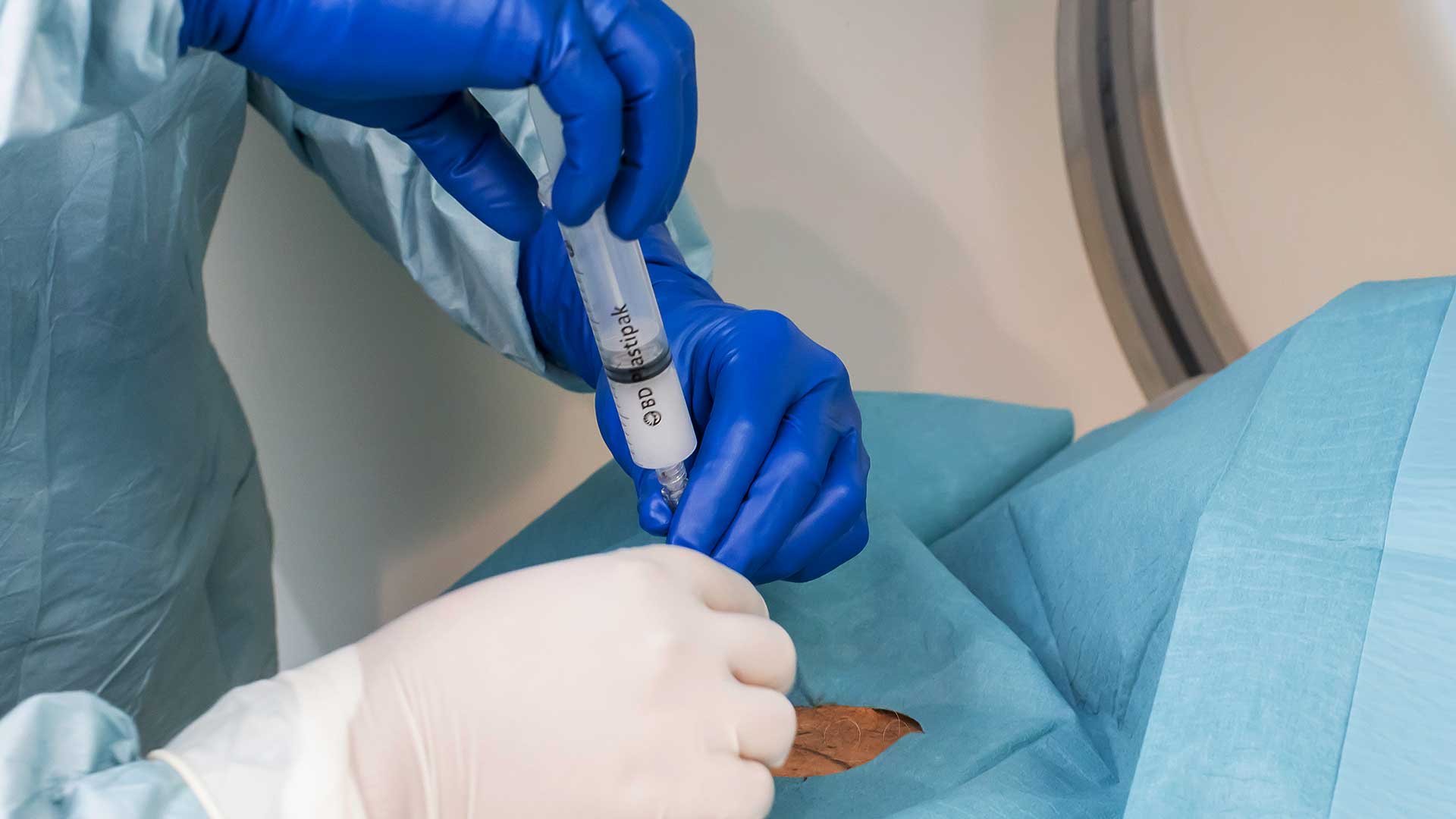
Intraarterial Infusion of Immunotherapy
Intraarterial infusion of immunotherapy uses the tumor’s arteries to deliver higher medication amounts at a lower dose.. Read More
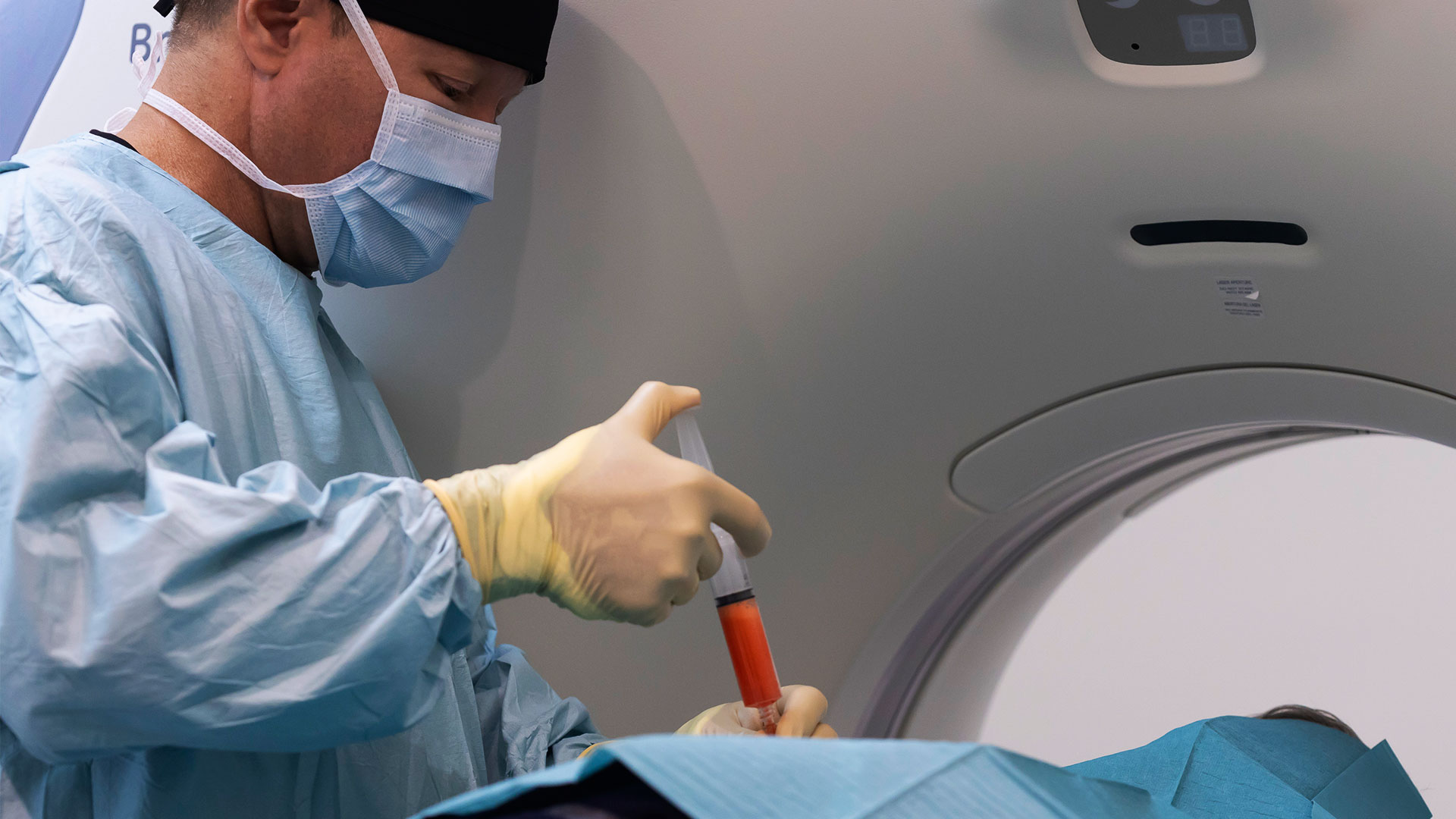
Intratumoral Chemotherapy plus Immunotherapy
Treatment with intratumoral immunotherapy plus chemotherapy is when a cancerous tumor is injected directly with both..Read More
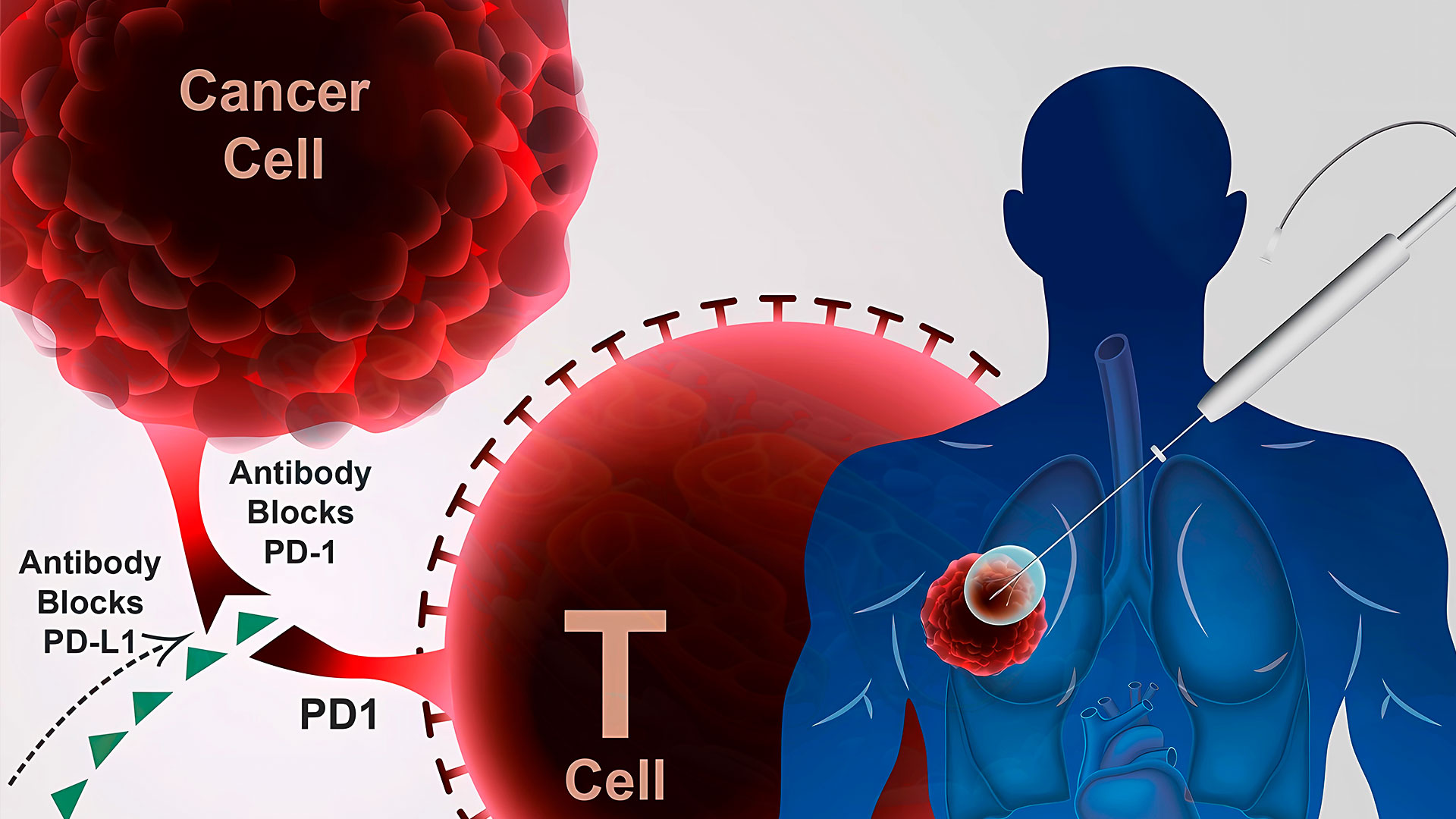
Combination Stereotactic Body Radiation with
Intratumoral Immunotherapy
Stereotactic body radiation delivers high-dose radiation in five or fewer treatments with minimal side effects. This, combined with intratumoral immunotherapy, can help enhance your response to treatment. This positive effect can be experienced both in the cancerous tumor as well as other areas of the body, and may lead to survival benefits. Read More
Types of Cancer We Treat
Lung Cancer
Breast Cancer
Cervical Cancer
Colon Cancer
Prostate Cancer
Liver Cancer
Head and Neck Cancer
- Laryngeal and hypopharyngeal cancer
- Oral cavity and oropharyngeal cancer
- Nasopharyngeal cancer
- Nasal cavity and paranasal sinuses cancer
- Salivary gland cancer

